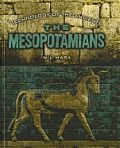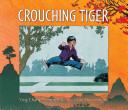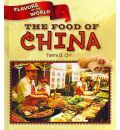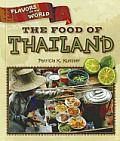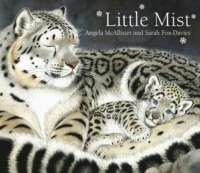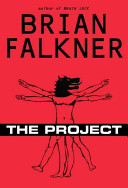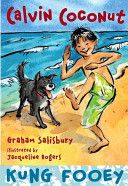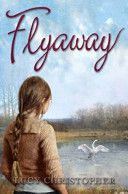
If they saved the swan together, could she then save her friend?In a heartbeat, in a wingbeat, it happens. Isla’s father falls. They’re racing across the fields, following the swans flying in to winter at the lake like they do every year, when something goes wrong. And before she can even catch her breath, they’re in the back of an ambulance, she’s holding his hand.At the hospital, upset and scared, Isla meets Harry. Unlike the boys at school, he doesn’t laugh when she tells him about her love of birds. He listens. But what is he doing there?As Isla struggles with her father’s frailty and the new feelings she has for Harry, she’s determined to help the only way she knows how. Outside the hospital windows, Isla watches a lone whooper swan struggling to fly. If only she could save the lost bird, would that somehow heal her dad, and cure Harry, and make everything good again?


